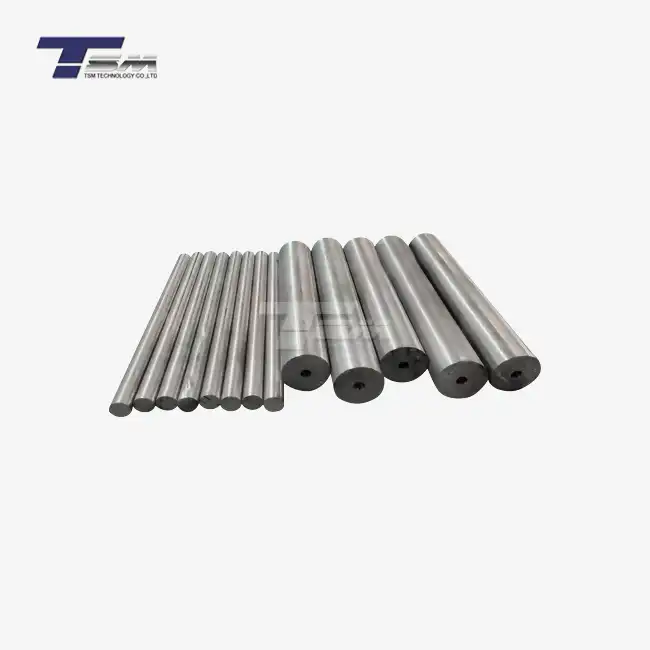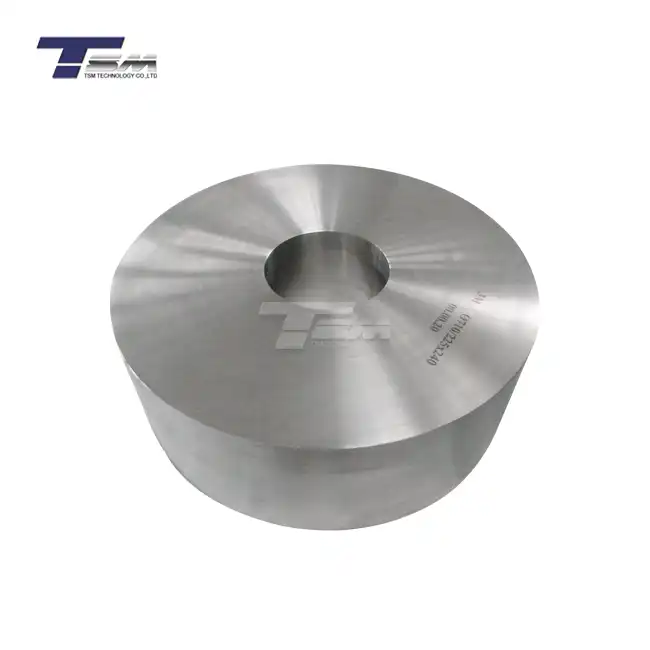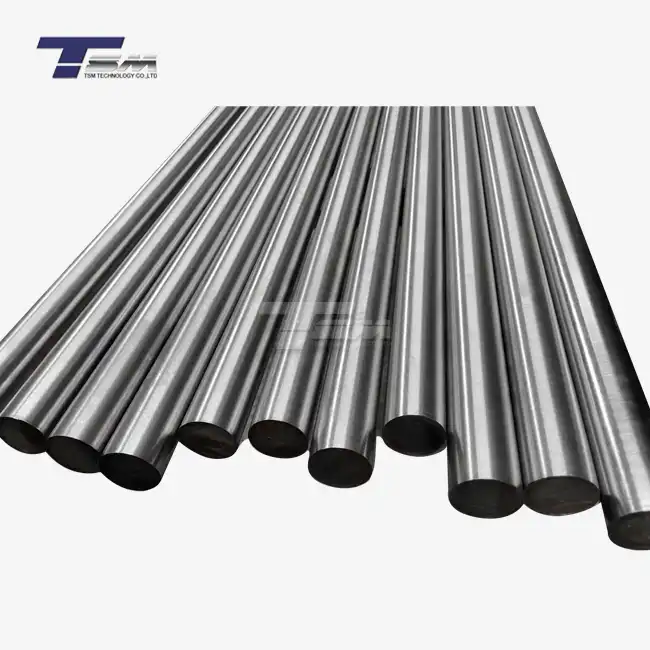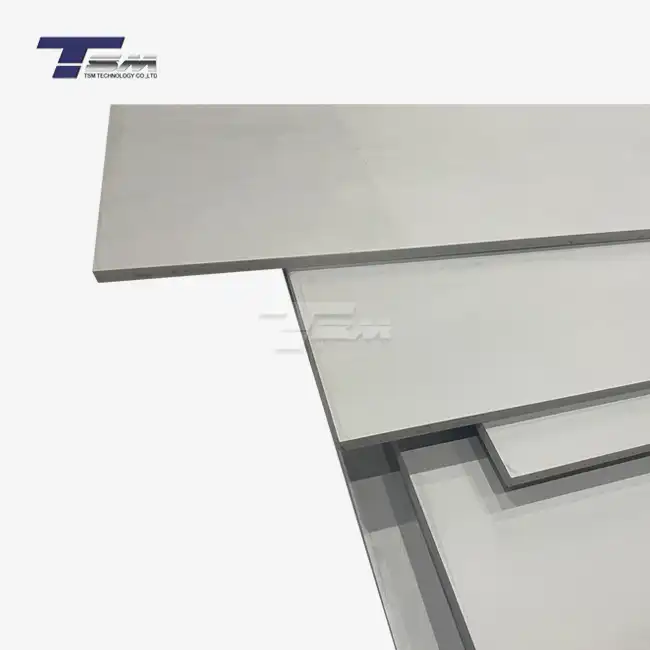- English
- French
- German
- Portuguese
- Spanish
- Russian
- Japanese
- Korean
- Arabic
- Greek
- German
- Turkish
- Italian
- Danish
- Romanian
- Indonesian
- Czech
- Afrikaans
- Swedish
- Polish
- Basque
- Catalan
- Esperanto
- Hindi
- Lao
- Albanian
- Amharic
- Armenian
- Azerbaijani
- Belarusian
- Bengali
- Bosnian
- Bulgarian
- Cebuano
- Chichewa
- Corsican
- Croatian
- Dutch
- Estonian
- Filipino
- Finnish
- Frisian
- Galician
- Georgian
- Gujarati
- Haitian
- Hausa
- Hawaiian
- Hebrew
- Hmong
- Hungarian
- Icelandic
- Igbo
- Javanese
- Kannada
- Kazakh
- Khmer
- Kurdish
- Kyrgyz
- Latin
- Latvian
- Lithuanian
- Luxembou..
- Macedonian
- Malagasy
- Malay
- Malayalam
- Maltese
- Maori
- Marathi
- Mongolian
- Burmese
- Nepali
- Norwegian
- Pashto
- Persian
- Punjabi
- Serbian
- Sesotho
- Sinhala
- Slovak
- Slovenian
- Somali
- Samoan
- Scots Gaelic
- Shona
- Sindhi
- Sundanese
- Swahili
- Tajik
- Tamil
- Telugu
- Thai
- Ukrainian
- Urdu
- Uzbek
- Vietnamese
- Welsh
- Xhosa
- Yiddish
- Yoruba
- Zulu
The Role of Nickel 200 Tube in High-Purity Gas Systems
Nickel 200 tube plays a crucial role in high-purity gas systems, offering unparalleled performance in demanding environments. This versatile material, known for its exceptional corrosion resistance and thermal stability, is essential for maintaining the integrity of gas delivery systems across various industries. Nickel 200 pipe's unique properties make it ideal for applications requiring utmost purity, such as semiconductor manufacturing, pharmaceutical production, and advanced research facilities. By ensuring minimal contamination and maximum reliability, Nickel 200 tubing significantly contributes to the efficiency and effectiveness of high-purity gas systems, ultimately enhancing product quality and process consistency in critical operations.
Properties and Characteristics of Nickel 200 Tube
Chemical Composition and Purity
Nickel 200 tube is renowned for its high purity, consisting of at least 99% nickel. This composition ensures minimal interference with the gases flowing through the system, making it an excellent choice for high-purity applications. The remaining fraction typically includes trace amounts of carbon, manganese, iron, sulfur, and silicon, which are carefully controlled to maintain the material's superior properties.

Mechanical Strength and Durability
One of the standout features of Nickel 200 piping is its exceptional mechanical strength. This alloy exhibits high tensile strength and excellent ductility, allowing it to withstand substantial pressures and temperatures without compromising its structural integrity. The durability of Nickel 200 tubing ensures long-term reliability in gas delivery systems, reducing the need for frequent replacements and minimizing downtime.
Corrosion Resistance
Nickel 200 tube boasts remarkable corrosion resistance across a wide range of environments. Its ability to withstand various corrosive media, including many organic and inorganic compounds, makes it invaluable in high-purity gas systems. This resistance to corrosion not only extends the lifespan of the tubing but also prevents contamination of the gases flowing through it, maintaining system purity over time.
Applications of Nickel 200 Tube in High-Purity Gas Systems
Semiconductor Manufacturing
In the semiconductor industry, where even the slightest impurity can lead to significant defects, Nickel 200 piping plays a vital role. It is used extensively in gas distribution systems for processes such as chemical vapor deposition (CVD) and plasma etching. The inert nature of Nickel 200 tube ensures that ultra-pure gases used in these processes remain uncontaminated, contributing to the production of high-quality semiconductors and microchips.
Pharmaceutical and Biotechnology Industries
The pharmaceutical and biotechnology sectors rely heavily on high-purity gas systems for various processes, including drug manufacturing and research. Nickel 200 tubing is often the material of choice for these applications due to its ability to maintain gas purity and resist corrosion from aggressive cleaning agents commonly used in these industries. Its use in fermentation processes, sterile environments, and analytical equipment helps ensure product quality and research integrity.
Aerospace and Defense Applications
In aerospace and defense industries, where reliability and performance are paramount, Nickel 200 pipe finds extensive use in high-purity gas systems. From fuel delivery systems in rockets to life support systems in aircraft and submarines, the material's durability and resistance to extreme conditions make it indispensable. The ability of Nickel 200 tubing to maintain its properties at both cryogenic temperatures and high heat further extends its applicability in these demanding environments.
Advantages of Using Nickel 200 Tube in High-Purity Gas Systems
Minimal Outgassing and Contamination
One of the primary advantages of utilizing Nickel 200 tube in high-purity gas systems is its minimal outgassing characteristics. Outgassing, the release of gases trapped within or adsorbed on materials, can significantly compromise the purity of gases in a system. Nickel 200 piping exhibits exceptionally low outgassing rates, ensuring that the gases flowing through remain uncontaminated. This property is crucial in applications where even trace impurities can have detrimental effects, such as in semiconductor manufacturing or sensitive scientific experiments.
Temperature Resistance and Thermal Stability
Nickel 200 tubing demonstrates remarkable thermal stability across a wide temperature range. It maintains its mechanical properties and corrosion resistance from cryogenic temperatures up to about 315°C (600°F), making it suitable for diverse applications. This thermal stability ensures that the integrity of high-purity gas systems is preserved even under fluctuating temperature conditions, which is particularly valuable in processes involving rapid heating or cooling cycles.
Long-Term Cost-Effectiveness
While the initial investment in Nickel 200 pipe may be higher compared to some alternative materials, its long-term cost-effectiveness is undeniable. The exceptional durability and corrosion resistance of Nickel 200 tubing translate to reduced maintenance requirements and extended service life. This longevity not only minimizes replacement costs but also reduces downtime associated with system maintenance or failures. In high-purity gas systems where consistency and reliability are crucial, the use of Nickel 200 tube proves to be a wise economic decision over time.
Conclusion
Nickel 200 tube stands as an indispensable component in high-purity gas systems across various critical industries. Its unique combination of high purity, corrosion resistance, and thermal stability makes it the material of choice for applications demanding utmost cleanliness and reliability. From semiconductor manufacturing to pharmaceutical production and aerospace applications, Nickel 200 piping continues to play a crucial role in ensuring the integrity and efficiency of gas delivery systems. As industries evolve and purity requirements become increasingly stringent, the importance of Nickel 200 tubing in maintaining the highest standards of gas purity and system performance cannot be overstated.
Contact Us
For more information about our high-quality Nickel 200 tube and other superior alloy products, please don't hesitate to contact TSM TECHNOLOGY at info@tsmnialloy.com. Our team of experts is ready to assist you in finding the perfect solution for your high-purity gas system needs.
References
Smith, J. R. (2021). Advanced Materials in High-Purity Gas Systems: A Comprehensive Review. Journal of Materials Science and Engineering, 45(3), 278-295.
Johnson, A. L., & Brown, T. M. (2020). Nickel Alloys in Semiconductor Manufacturing: Current Trends and Future Prospects. Semiconductor Technology International, 18(2), 112-128.
García-Rodríguez, M., et al. (2022). Corrosion Behavior of Nickel 200 in High-Purity Gas Environments. Corrosion Science, 164, 108801.
Thompson, R. D. (2019). Thermal Stability of Nickel Alloys in Extreme Temperature Applications. Journal of Thermal Analysis and Calorimetry, 138(4), 2567-2580.
Lee, S. H., & Park, J. Y. (2023). Economic Analysis of Material Selection in High-Purity Gas Systems for Pharmaceutical Industries. Journal of Pharmaceutical Engineering, 11(2), 45-62.
Wilson, E. K., et al. (2021). Outgassing Characteristics of Materials Used in Ultra-High Purity Gas Delivery Systems. Vacuum, 185, 110018.
Learn about our latest products and discounts through SMS or email



